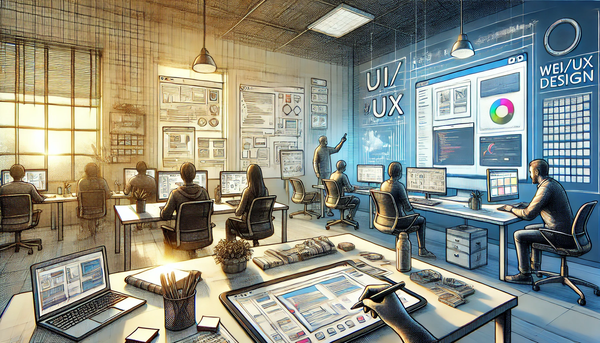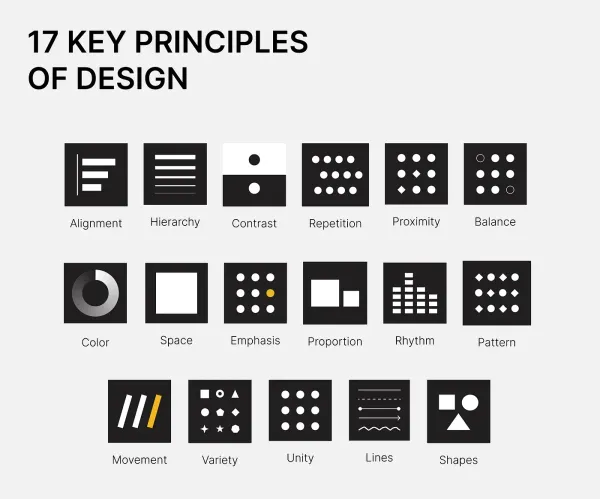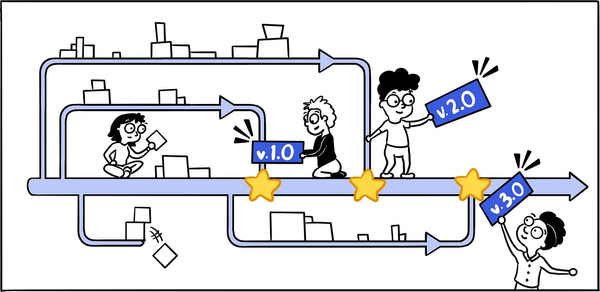Designing design systems: How to lay the groundwork that drives decision-making
A collaboration framework for building or evolving a design system.

The fine folks at Adobe Design have an excellent piece about:
Developing the future direction of a design system involves complex work to create a viable framework for its evolution — behind which are the needs of the people using it, the legacy of a prior version, and a team’s future vision for it.
WHile this piece focuses on the Adobe Spectrum design system there are many points that would apply to any large-scale design system. A few things stood out to me:
Gathering designers, developers, product managers, content strategists, researchers, engineers — and anyone else with strong opinions about a design system — can help uncover ideas and behaviors that would make it flexible enough for anyone building products to use.
Designing in a silo doesn’t serve anyone — and especially not the people who are using a design system to work on a company’s products.
We organized Spectrum’s playbook into four sections according to the broad ideas gathered from working groups:
1. Introduction: Information about the current version of Spectrum, the new version we were
working on, a changelog, and information for beta testers
2. Fundamentals: Updated concepts and terms, and information about engineering collaboration
3. Designing with Spectrum: Details about implementing things like color, typography, object styles, and iconography
4. Patterns: Out-of-the-box templates for getting started with testing Spectrum’s new designs




